Why pop-up restaurants keep popping up?

Here’s a fun game: try walking through Shoreditch without bumping into any pop-up restaurants. Try it. It’s kind of like whack-a-mole only you’re trying not to hit your targets, and your targets are hastily-assembled themed eateries instead of plastic hole-dwelling rodents.
Try this game and you’ll lose. Shoreditch is so full of pop-ups it’s basically an overeager children’s book. And this extends to London as a whole. Much like man buns and flat whites, we’ve taken this prevalence of pop-ups for granted as an inevitable byproduct of the rise of hipster culture. Really though, we should be asking one question: Why are pop-up restaurants so popular?
Popping up is simpler than settling down
One reason pop-ups have risen so much in popularity could be the relative ease of setting them up. Many a professional popper-upper will tell you launching a pop-up restaurant is not easy. But in many ways it’s simpler than setting up an entire restaurant.
This guide to popping-up has a mere seven steps. It takes more steps than that to update to the latest iOS. Still, the steps themselves are a little more complex than swiping a touchscreen and signing away your soul to Apple.
Aspiring popper-uppers have much to think about when beginning their venture. The design of their restaurant, for example, comes into question. Will it be a simple shack or a meticulously crafted indoor experience?
Then there is the paperwork. You can’t just track down an old roller coaster carriage, turn it on its side and start serving soup from it on Shoreditch High Street. Before it opens, Soup-the-Loop will have to comply with various rules and regulations.
Pop-ups need alcohol licenses if they serve alcohol, entertainment licenses if they have entertainment and they need to follow the Health and Safety Executive’s guidelines.
Then, there are the practicalities of pop-ups: finding a vintage three wheeler turned pizza oven, hiring staff, sourcing ingredients and equipment. You’ll also need a space to prepare and store ingredients in bulk. This last part is easy enough, renting a commercial kitchen is easier than renting a flat; and probably less harmful to your bank balance.
There are lots of pieces to get into place before you can take the lunchtime circuit by storm. The upside of all this work is that pop-ups don’t require large down payments on space or large financial investments. This may sound like a lot of work, but setting up a permanent restaurant is much more difficult.
Pop-up fans love a good theme (read: pun)
The bizarre nature of many pop-ups is easy to mock. I just did it with that Soup-the-Loop example. Let’s do one more: two men in hazmat suits serve burgers out of an old RV a la Breaking Bad—Heisenburger. But despite how easy it is to laugh at concepts like these, they really do add to the pop(-up)ularity of pop-up restaurants.
Not every pop-up restaurant bases its entire premise on a pun, and many use their creative freedom for good. Wild Brunch allows attendees to forage for their own food before eating it. Disco Brunch is described as “a regular brunch with a lot more Disco”. Christmas in Harlem was a faithful recreation of the New York neighbourhood in the 1920s. Then there is The Bunyadi—London’s naked pop-up—which has threatened to reopen “for good”.
With no long term commitments to leases and less pressure from restaurant investors, pop-up creators are free to create wild, innovative and just plain crazy places like these, and that is why a lot of people love them.
It also means that if one location doesn’t work for your idea, you can go in search of a new market. Equally, if you’re not totally sold on your own concept, you can experiment. Pop-up diners are more likely to try something new. I mean, they spend their time at pop-up restaurants eager to taste the fleeting fried finger sandwiches trend before it becomes so last seasoning.
They cater to a new audience and market
As I have covered on this blog before, millennials prefer experiences to material riches, and they love sharing these experiences on social media. Millennials are a fast-growing demographic, and a recent study found that nearly half of this age group’s annual food budget goes on eating out. Just as experiential marketing can win millennials’ hearts, pop-ups are a form of experiential eating, which, perhaps more than the flavour from the actual food, is something millennials crave.
Why are pop-ups so popular? Because we all like to have a bit of fun with our food and for business owners who want to get into the eatery business, it’s less financially risky. Oh, and it’s still very much on trend.
The editorial unit







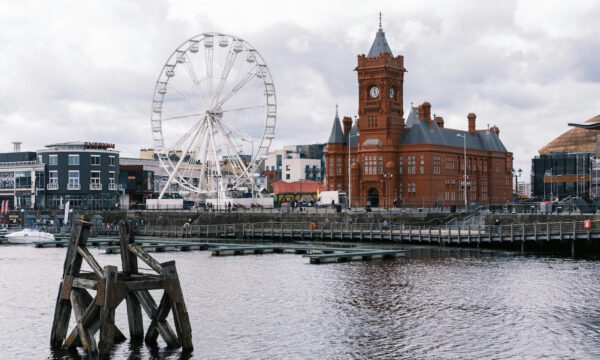


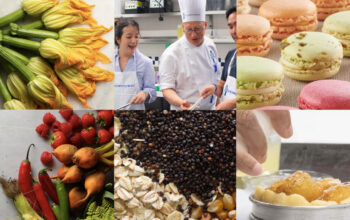



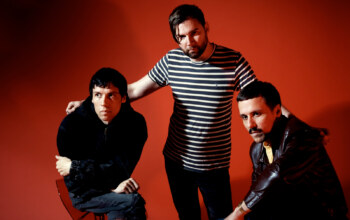

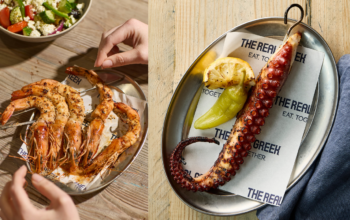
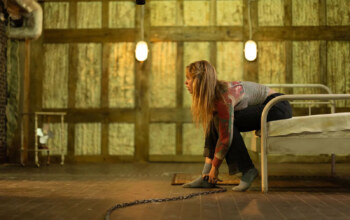





Facebook
Twitter
Instagram
YouTube
RSS